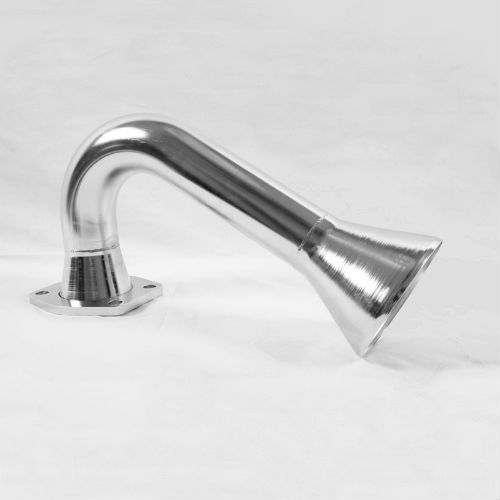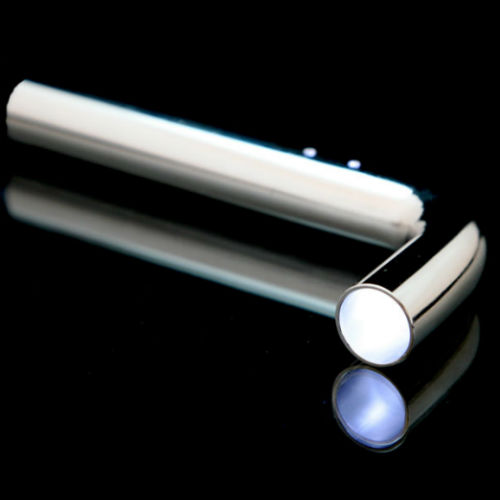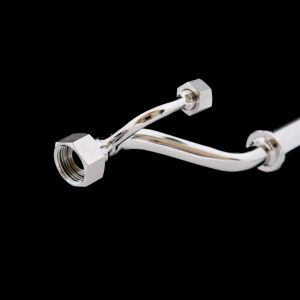Tools and Methods of the Pipe Bending Trade
Pipe Bending
There are many different factors to consider when selecting the right method and corresponding tools to bend pipes. Pipe bending works on straight cylindrical, rectangular or square tubes. The particular tools that should be utilized while bending pipes depends on the size and wall thickness of the tubes as well as the radius of the bend. Common bends include 2-90 degree elbow bends and U-bends such as on a trombone slide. Your budget and quality of bend you’re looking for should also be considered when selecting your bending method.
The first two methods to consider are the Ram and Roll tube bending methods. Ram bending requires a variety of dies and a mandrel or plug tube. Pressure is applied to the tube against one of the dies until the tube forms around the die. The mandrel goes inside the tube to prevent collapse but some bend deformity will appear using the ram method. The roll method requires a variety of spool-like rollers but needs no mandrel or plug and causes little bend deformity. Pressure is applied to the tube as it is fed through the rollers. Different bends can be implemented by putting the tube through multiple times or changing the location of the rollers.
Next is the rotary draw method which requires a mandrel, die and a tube bending clamp block. The clamp will secure the tube to the die as the rotary draw applies pressure. The mandrel or plug is in place to support the pipe cross section. If you have a bigger budget, heat induction creates a quality bend. To bend a tube, an induction coil is heated to the appropriate temperature for the tube material. The coil is then inserted into the tube and force is applied. Air spray or use water to quench the tube after the bend is created.
The last method is an older pipe bending method. Sand packing does what the name implies. The tube is packed with sand and the ends are capped. The tube is then heated with a furnace after which the tube can be bent. Sand acts as a mandrel in this situation. The material of the tools you will use depends on how long you want the tools to last and how much you’re willing to scratch the tube. Steel dies and tools are more durable and will last a while, but the tubes may be scratched in the process. Bronze and aluminum don’t damage the tube but those materials are less durable that hardened or tool steel.
 |  |  |
| Pipe Bending – Tube Bending Incorporated | ||


 Castings & Forgings
Castings & Forgings Bulk Material Handling
Bulk Material Handling Electrical & Electronic Components
Electrical & Electronic Components Flow Instrumentation
Flow Instrumentation Hardware
Hardware Material Handling Equipment
Material Handling Equipment Metal Cutting Services
Metal Cutting Services Metal Forming Services
Metal Forming Services Metal Suppliers
Metal Suppliers Motion Control Products
Motion Control Products Plant & Facility Equipment
Plant & Facility Equipment Plant & Facility Supplies
Plant & Facility Supplies Plastic Molding Processes
Plastic Molding Processes Pumps & Valves
Pumps & Valves Recycling Equipment
Recycling Equipment Rubber Products & Services
Rubber Products & Services